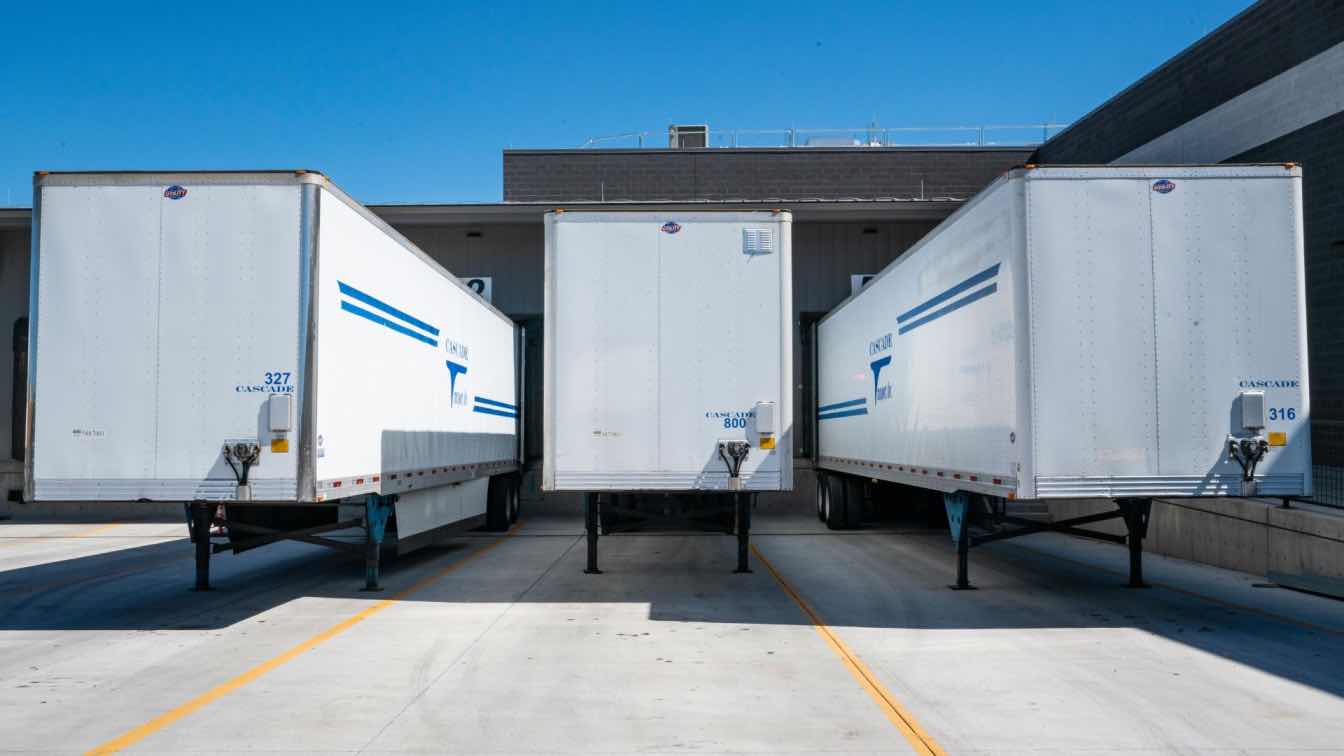Packing for a cross-country adventure is often more challenging than the trip itself. You want to be prepared for anything without dragging around unnecessary weight. Efficient packing can mean the difference between a smooth journey and constant frustration. This guide breaks down the secrets to packing smart, ensuring you have what you need, nothing more.
Getting Professional Help: When and Why to Consider It
Sometimes, despite your best efforts, packing remains a stressful task. That’s where professional help comes in.
Professional packers or travel consultants offer personalized services to help you pack efficiently. They can create tailored packing lists based on your itinerary, recommend gear, and provide practical advice.
Using a professional can save time and reduce anxiety. If you’re new to cross-country travel or have a complex trip, their expertise can ensure you don’t forget anything important. Some cross country movers even offer packing services as part of their relocation packages, making them a great resource if your journey involves a significant move.
To find a reputable professional packer, look for travel agencies or specialists who offer packing consultations. Online reviews and referrals can also help you choose a trusted expert.
Plan Your Packing Around Your Itinerary
Before you even open your suitcase, start by planning. The first step is to consider your itinerary carefully. How long will your trip last? Are you moving between vastly different climates? Will you be hiking in the mountains one day and exploring cities the next?
The key is to match your packing list to the activities and weather conditions you expect. For example, if your route takes you through warm southern states and then to colder northern areas, pack layers. This saves space and helps you adapt to changing temperatures. Also, consider the type of travel: will you have access to laundry facilities? If not, pack accordingly with enough essentials to last.
Choose the Right Luggage and Packing Tools
The choice of luggage significantly impacts packing efficiency. For cross-country travel, the decision usually comes down to backpacks, suitcases, or duffel bags.
Backpacks offer mobility and flexibility, especially if you expect to move frequently or encounter uneven terrain. Suitcases with wheels are great for urban stops and more extended stays but can be cumbersome in remote areas. Duffel bags are versatile but may lack the structure some travelers need.
Packing aids like cubes and compression bags help organize and reduce bulk. Packing cubes keep your clothes neatly separated, making it easier to find what you need without unpacking everything. Compression bags are helpful for bulky items like jackets or sweaters, shrinking their volume considerably.
Essentials: What to Pack and What to Leave Behind
The biggest mistake many travelers make is packing too much. The secret is to pack versatile, multi-use items. Choose clothes that mix and match easily, like neutral-colored tops and bottoms that can be layered.
Travel essentials include important documents (ID, tickets, insurance), chargers, basic toiletries, and a small first aid kit. Pack travel-sized toiletries to save space. Avoid bringing full-sized bottles that will weigh down your bag.
Leave behind items that can be bought on the road. For instance, specialty snacks, extra shoes, or bulky gadgets can often be purchased locally. This lightens your load and allows flexibility in your travel plans.
Smart Techniques for Efficient Packing
How you pack matters. Rolling clothes instead of folding can save space and reduce wrinkles. Rolling creates tight bundles that fit well into small spaces. However, delicate fabrics may be better folded to avoid creases.
Use packing cubes strategically by grouping similar items. Keep daily essentials in one cube for easy access, and place heavier items at the bottom of your bag for balance.
Layering is another innovative technique. Pack thin, lightweight layers rather than bulky sweaters. This way, you can adjust your outfit to the temperature without carrying heavy clothing.
Tips for Staying Organized on the Road
Staying organized during your trip is just as important as packing well. Develop a daily habit of repacking your essentials each morning. This keeps your bag tidy and prevents items from getting lost.
Keep your most frequently used items—like your phone, wallet, and travel documents—in accessible pockets. To avoid tangling, consider using small pouches for chargers and cables.
Laundry management is another challenge. Pack a small bag to keep dirty clothes separate. If traveling long-term, research local laundry options to avoid running out of clean clothes.
Final Checklist Before You Go
Before you zip up your bag, run through a final checklist. Confirm you have all essential documents, including IDs, tickets, and emergency contacts. Check the weight of your luggage to avoid extra fees or difficulty carrying it.
Chargers and electronics should be packed and accessible. Double-check the weather conditions at your destination to ensure your packing still meets the forecast.
Lastly, breathe. Preparation is key, but flexibility matters too. Being ready for the unexpected will make your adventure more enjoyable.
Conclusion
Packing smart for a cross-country adventure involves planning, choosing the right gear, and packing efficiently. You can travel lighter and stress less by tailoring your packing list to your itinerary, using the right tools, and employing clever packing techniques.
If packing overwhelms you, consider professional help. With the right preparation, you’ll focus on the journey ahead, not what’s in your bag.
Start planning today, pack with intention, and enjoy every mile of your cross-country adventure.





